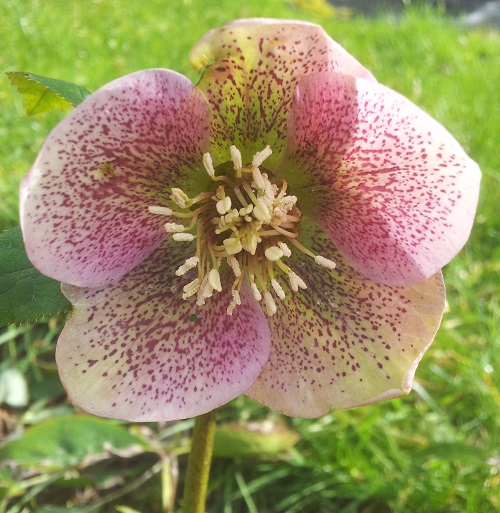So far the winter has been very wet and very windy, and February has continued this with astonishing amounts of rain. We’ve been lucky so far and haven’t been affected by flooding and have avoided damage by winds (which last night were gusting locally to about 65mph).
On the crafting front there is progress on the spinning and the weaving. But the problem with both of these, from the perspective of a blog post, is that they look about the same as before (bobbins and cloth beams are slightly fuller!)
I’ve also started a new project to revamp a plain cardigan. I started by dyeing it with food colour, then I over-dyed it with tea! I plan to add embroidery and needle felting or appliqué to make this a much more cheerful cardigan (there will be pictures in future blog posts).
For today though, I’ll leave you with a picture I took this morning. A reminder that spring will be here soon!







